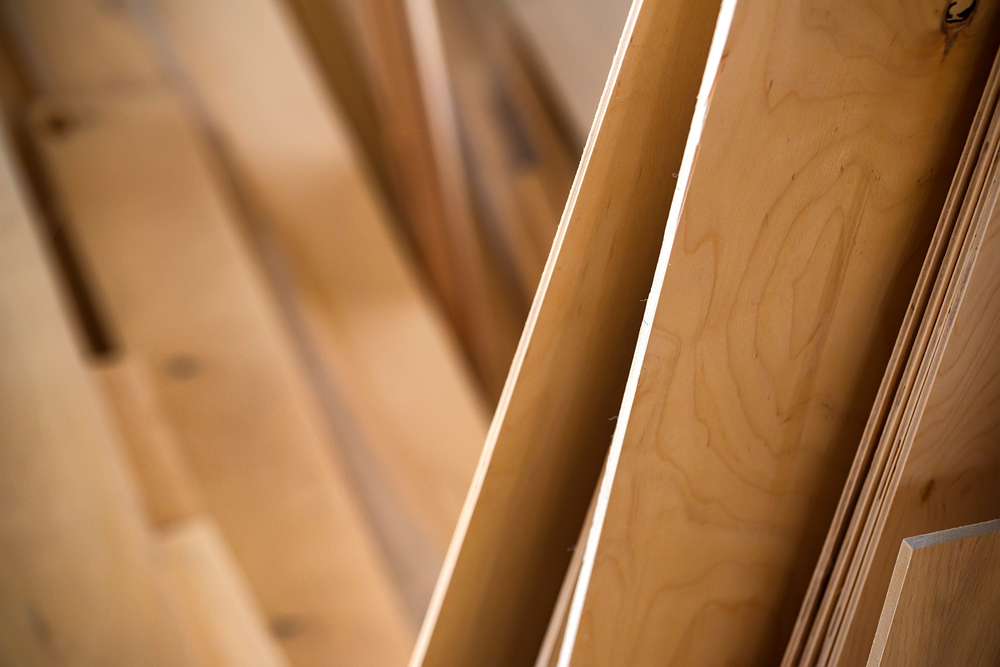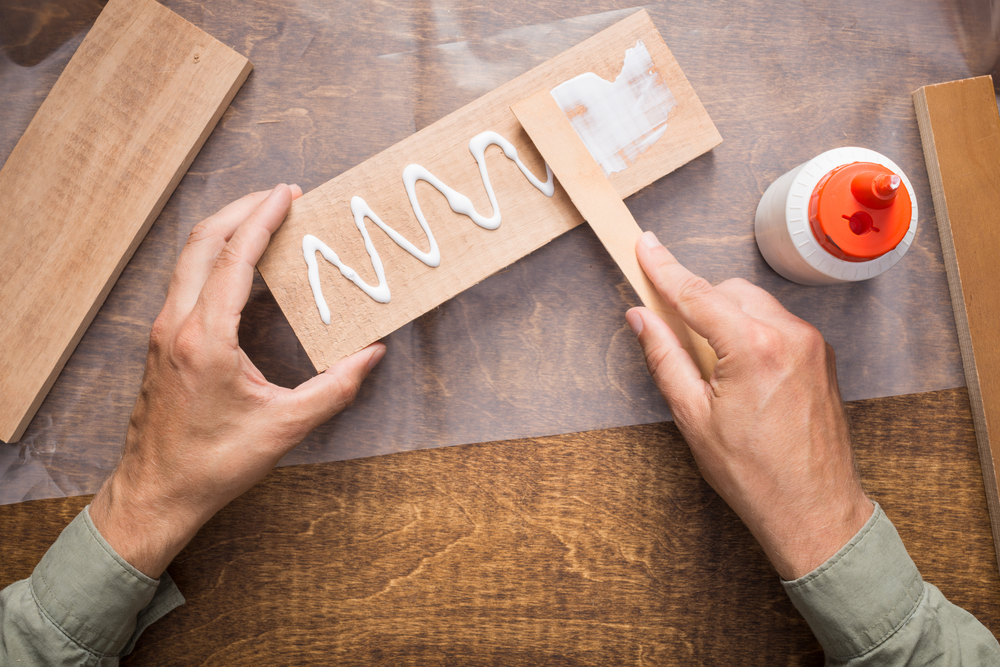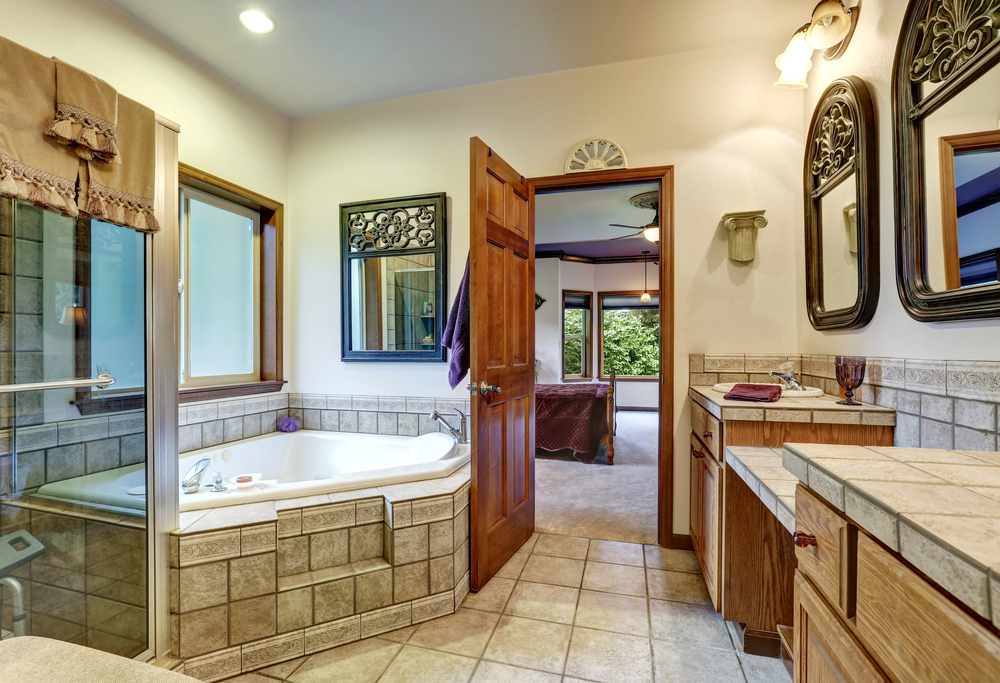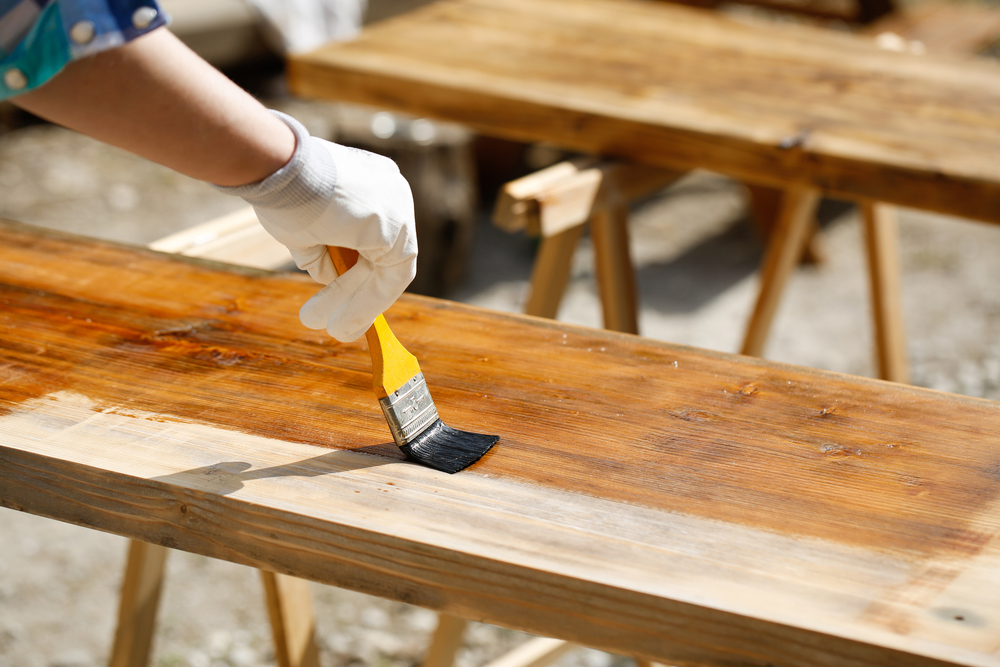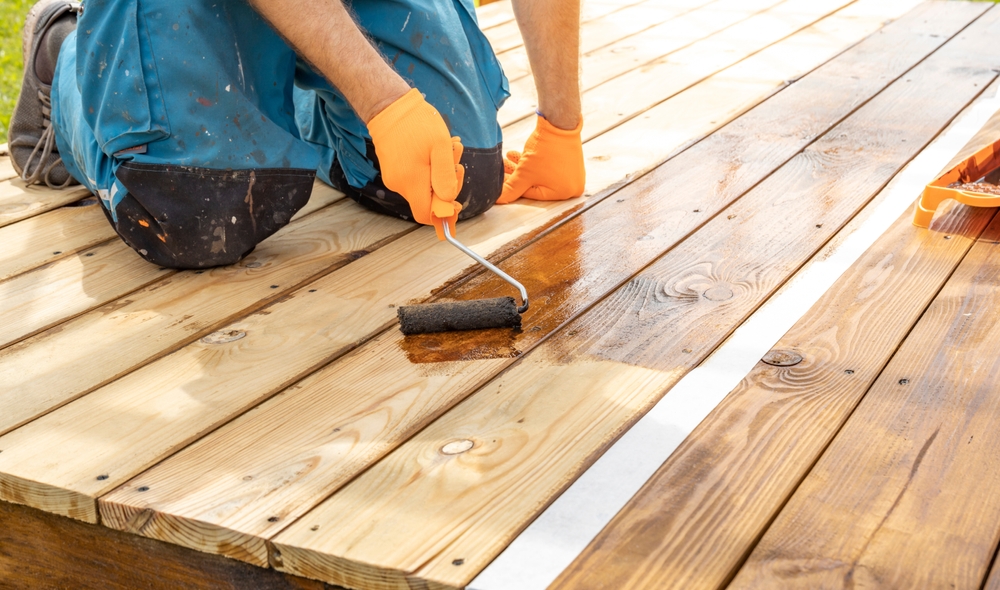How to Measure Backset on a Door
Understanding the concept of backset is crucial when installing door hardware. It refers to the distance from the edge of the door to the center of the borehole. Knowing how to measure backset ensures that locks and handles align correctly. Here’s a straightforward guide to help you measure backset accurately.
What You Need
- Measuring tape or ruler
- Pencil
- Paper
Identify the Borehole
The borehole is the hole drilled into the door where the lock or knob fits. Typically, this hole is located at a standard height from the floor. Depending on whether you have an existing door or a new installation, the borehole might already be present or you might need to drill one.
Measure from the Door Edge
Place the measuring tape or ruler on the edge of the door. Ensure the tape or ruler is straight and level to avoid inaccuracies. Measure the distance from the edge of the door to the center of the borehole. Common backset measurements are 2-3/8 inches or 2-3/4 inches.
Verify the Measurement
Double-check your measurement to ensure accuracy. This step is essential to avoid any installation issues. Use the pencil to mark the center of the borehole if it helps to visualize the measurement.
Consider the Type of Door Hardware
Different door hardware may require different backset measurements. Check the manufacturer’s instructions for the specific lock or knob you are installing. Some may have adjustable backsets, allowing flexibility during installation.
Drill the Borehole
If you are working on a new door without a pre-drilled borehole, you will need to drill one. Use the measured distance as a guide. Mark the spot with a pencil where you need to drill. Use the appropriate drill size as recommended by the hardware manufacturer.
Check Door Thickness
The thickness of the door can affect the backset measurement. Standard residential doors are usually 1-3/8 inches thick. Thicker doors may require special considerations or adjustments. Measure the thickness of your door to ensure compatibility with the lock or knob you are installing.
Install the Hardware
With the borehole drilled and backset measured, proceed with installing the door hardware. Follow the manufacturer’s instructions for the best results. Insert the hardware, ensuring that it aligns correctly with the measured backset.
Test the Installation
Once installed, test the lock or knob to ensure it operates smoothly. Check for any misalignments or issues that may have arisen during installation. Make any necessary adjustments to ensure optimal functionality.
Common Issues and Solutions
Sometimes, homeowners encounter issues like misalignment or difficulty in operating the hardware. If the backset is off, the lock may not engage properly. Recheck your measurements and ensure the borehole is drilled correctly. In some cases, you may need to adjust the strike plate or latch to align properly.
Additional Tips
- Always use precise tools for measuring and drilling.
- Follow the manufacturer’s guidelines for your specific hardware.
- Double-check all measurements before proceeding with drilling or installation.
- Consider seeking professional help if you are unsure about any step.
Understanding Different Backset Standards
Backset measurements can vary depending on regional standards and door types. In the US, the 2-3/8 inch and 2-3/4 inch backsets are standard. Other countries may have different measurements. Always check local standards to ensure compatibility.
Using a Template
Some installation kits come with templates to help with drilling the borehole and measuring the backset. These templates can be very helpful for ensuring accuracy. Secure the template on the door, align it with your backset measurement, and use it as a guide for drilling.
Adjustable Backsets
Certain modern locks and knobs come with adjustable backsets. These are flexible and can fit multiple backset measurements. If using an adjustable backset, configure it according to your measured distance before installation.
Importance of Accurate Measurement
Accurate backset measurement is key to ensuring that your door hardware functions correctly. Improper measurements can lead to malfunctioning locks, difficulty in operation, and potential security issues. Take the time to measure accurately and follow all guidelines for a successful installation.
Replacing Existing Hardware
If replacing existing door hardware, measure the current backset and ensure the new hardware matches. This will make the installation process smoother and ensure that everything aligns correctly. If the new hardware has a different backset, you may need to modify the door accordingly.
Tools for Accuracy
Using precise tools can make a significant difference in your measurement and installation. High-quality measuring tapes, rulers, and drills can help achieve the best results. Inaccurate tools can lead to errors that affect the entire installation.
Latch and Strike Plate Alignment
After measuring the backset and installing the hardware, ensure that the latch and strike plate align properly. Misalignment can cause the door not to close properly or the lock not to engage. Adjust the strike plate as needed for correct alignment.
Custom Door Backsets
For custom doors or unique installations, you may encounter uncommon backset measurements. Measure carefully and consult with hardware manufacturers or professionals for solutions. Custom backsets may require special hardware or modifications to the door.
Understanding Borehole Sizes
In addition to backset, borehole size is also crucial. Standard boreholes for door knobs and deadbolts are typically 2-1/8 inches in diameter. Ensure that the borehole size matches the hardware specifications to avoid installation problems.
Checking for Warping
A warped or damaged door can affect your backset measurement and hardware alignment. Check your door for any warping or damage before proceeding with the measurement and installation. Repair or replace any damaged doors to ensure proper function.
Preparation for Drilling
Before drilling, prepare your workspace. Clear any obstacles and ensure you have a stable surface to work on. Mark your measurements clearly and double-check all positions before drilling. This preparation helps avoid mistakes and ensures clean, accurate holes.
Manufacturer’s Instructions
Always refer to the manufacturer’s instructions for your specific door hardware. These guidelines provide critical details about measurements, installation steps, and any special considerations. Following these instructions can help you achieve a successful installation.

